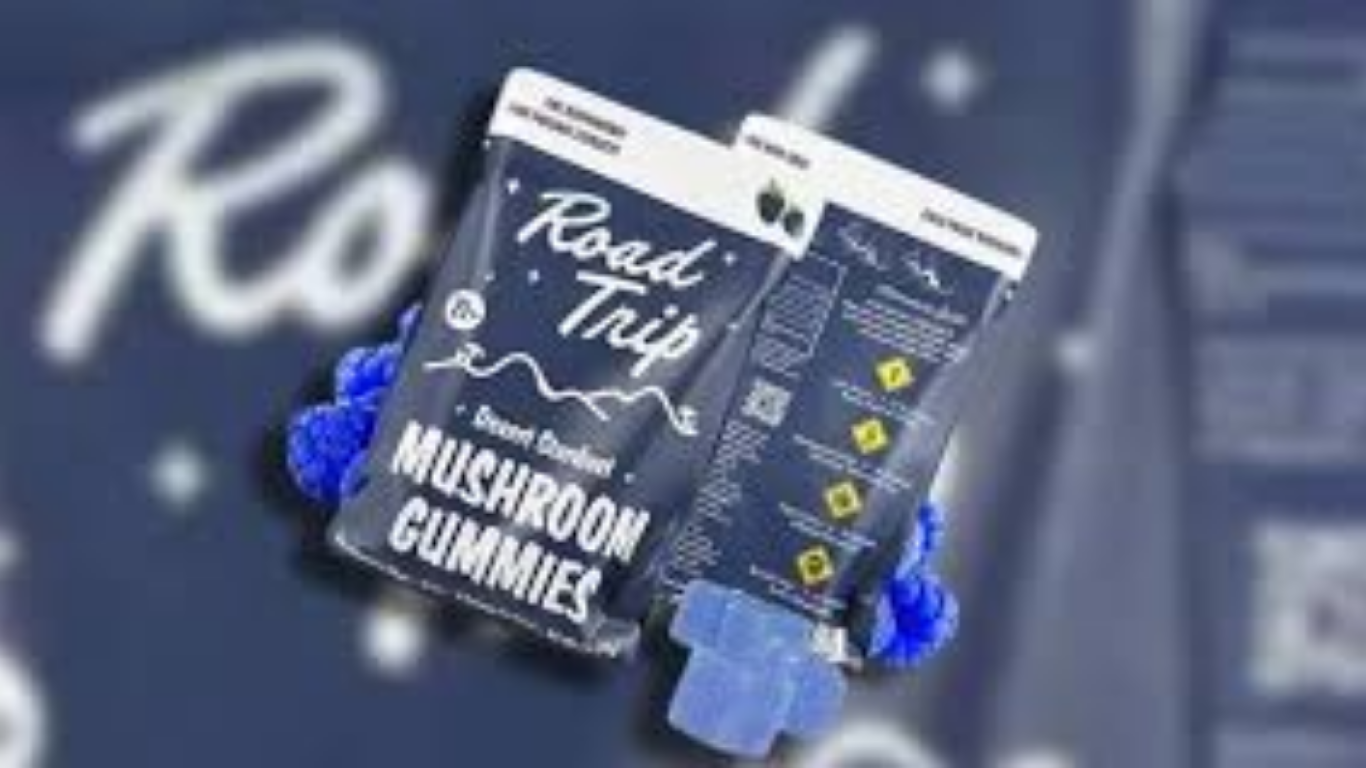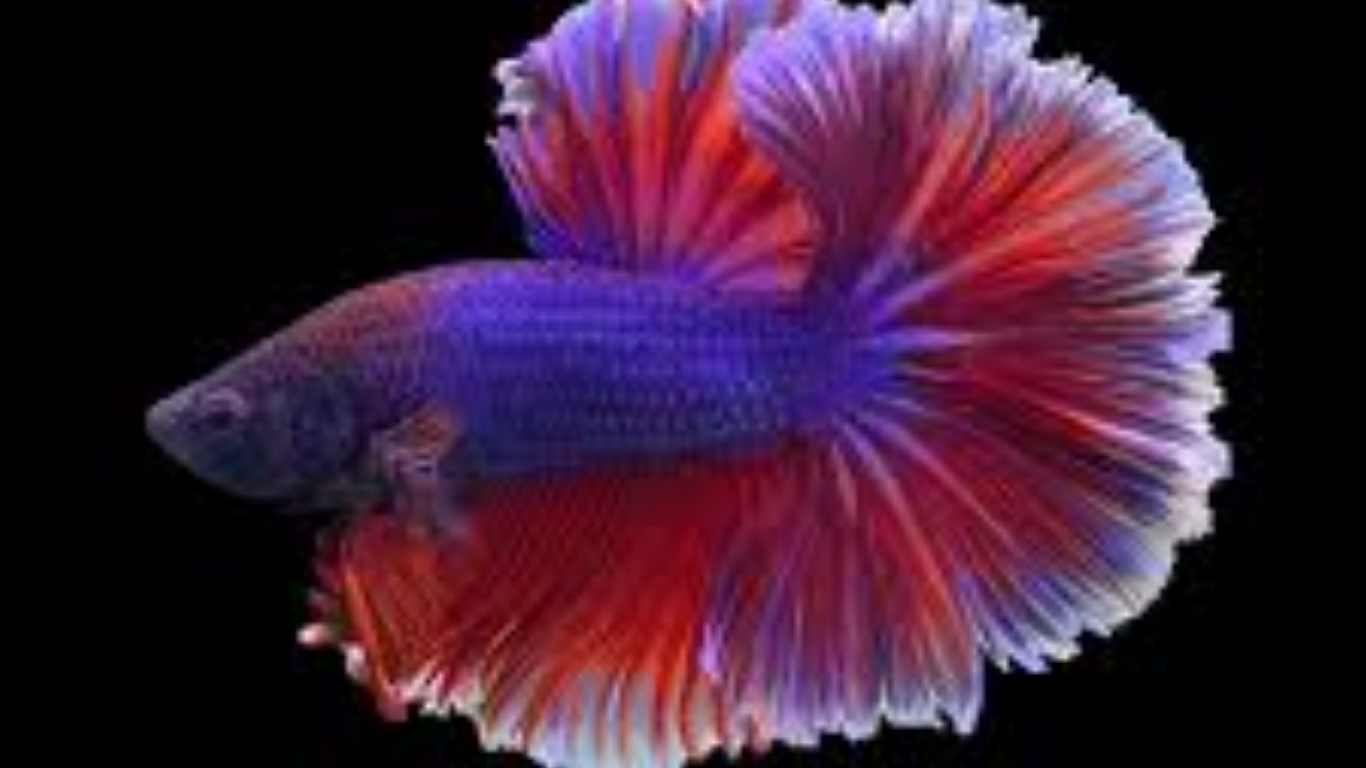Introduction
In the ever-expanding world of fungi, few names evoke as much curiosity and intrigue as the Desert Stardust Mushroom. With a name that sounds plucked from a fantasy novel, this elusive organism has fascinated mycologists, herbalists, and desert wanderers alike. While it remains largely obscure to mainstream science, the Desert Stardust Mushroom is believed to be a rare, possibly psychoactive or medicinal fungus that grows under extreme arid conditions, thriving where few other lifeforms dare to persist.
This article explores the mystique, biology, potential uses, folklore, and ecological significance of the Desert Stardust Mushroom—a fungus cloaked in mystery, glowing with potential.
What Is the Desert Stardust Mushroom?
The Desert Stardust Mushroom is a name that’s more descriptive than scientific—often used to refer to a type of fungus or fungal-like organism found in desert environments, especially in remote and harsh climates like the Mojave, the Sonoran, or even the vast arid stretches of northern Africa.
Reports describe the mushroom as having:
- A small to medium cap ranging from 2-7 cm in diameter
- Iridescent or glittering particles on its surface, giving it the “stardust” moniker
- A pale beige to soft lavender color depending on age and moisture
- A tendency to glow faintly under moonlight due to bioluminescence or reflective properties
Despite anecdotal reports and samples held in niche herbaria, the species has not been formally classified under any known genus. Some speculate it’s part of the Mycena or Psilocybe genus due to structural similarities and habitat clues, though others propose it’s a new genus entirely, possibly adapted specifically for xeric (dry) ecosystems.
Where Does It Grow?
1. Habitat
The Desert Stardust Mushroom thrives in:
- Sandy loam and gypsum-rich soil
- Areas with sparse vegetation like creosote bushes or Joshua trees
- Places that experience extreme temperature shifts, such as hot days and cold nights
It emerges primarily after rare desert rainfalls, suggesting it has evolved to lie dormant as spores for long periods—waiting for perfect hydration and temperature conditions to bloom.
2. Geographic Range
Unconfirmed sightings and field notes suggest its presence in:
- Southwestern United States (Arizona, Nevada, California deserts)
- Chihuahua Desert in Mexico
- Parts of the Sahara and Namib Desert
- Central Australia’s Outback, near rock formations
Due to its transient nature and remote habitat, foragers rarely encounter it unless they’re actively searching or happen upon it by chance.
Biology and Adaptations
The Desert Stardust Mushroom is a master of survival. It uses several unique adaptations to withstand its harsh environment:
1. Spore Dormancy
Spores may remain inactive for years, even decades, until rainfall triggers their germination.
2. Mycelial Network
Although the fruiting body is visible only briefly, the underground mycelium is thought to stretch deep and wide, forming subterranean fungal webs that collect and store moisture.
3. Reflective Cap Surface
The “stardust” appearance may be due to tiny crystalline or silica-like particles on the cap that reflect light—possibly protecting the fungus from UV radiation.
4. Bioluminescence
Some observers claim the mushroom glows in darkness. While no lab analysis confirms this, bioluminescent properties have been found in other fungi, such as Mycena chlorophos.
Cultural and Historical Significance
1. Indigenous Knowledge
Tribes such as the Tohono O’odham and Hopi of the American Southwest have oral traditions referencing “star plants” or “night-growing lights” in the desert—possibly describing the Desert Stardust Mushroom. Some legends claim these fungi offer visions or prophetic dreams, often in rituals after monsoon rains.
2. Spiritual Use
Although speculative, the mushroom is rumored to have mild psychoactive properties, similar to psilocybin mushrooms. Vision quests involving “star mushrooms” have been mentioned in obscure ethnographic texts, though without botanical confirmation.
3. Modern Mythology
The mushroom has gained a cult following among survivalists, mystics, and psychonauts who search for it not just for its rarity but its perceived connection to cosmic energy and ancient desert spirits. It’s even made appearances in science fiction and fantasy novels as a plot device or mythical item.
Medicinal Potential
Scientific study is minimal due to the rarity and obscurity of the fungus. However, anecdotal reports suggest the mushroom may have:
- Mild hallucinogenic effects (comparable to low doses of psilocybin)
- Antibacterial or antifungal properties
- Possible adaptogens to aid with stress, given its survival-based evolution
If confirmed, these effects could open doors to new pharmaceuticals, particularly in drought-resilient medicines or climate-stress treatments. But at present, no peer-reviewed studies have established these properties conclusively.
Ecological Importance
Though seemingly insignificant, the Desert Stardust Mushroom may play a key role in the arid ecosystem:
1. Soil Enrichment
Like many fungi, it likely assists in breaking down organic matter, enriching poor desert soils with micronutrients essential for plant survival.
2. Symbiotic Relationships
It may form mycorrhizal associations with desert shrubs and succulents, enhancing their root uptake of water and minerals.
3. Bioindicator
Its presence could serve as an indicator of rare desert moisture events, helping scientists track climate changes and soil hydration patterns in arid zones.
Foraging and Safety
If one were to encounter what they believe to be a Desert Stardust Mushroom, extreme caution is advised:
- Never ingest any wild mushroom without scientific confirmation.
- Desert fungi are often misidentified due to overlapping features with toxic species.
- Photograph and note GPS coordinates for researchers.
- Samples should be sent to a mycologist or herbarium for lab analysis.
It’s important to respect local laws and indigenous lands, where foraging may be restricted or considered culturally inappropriate.
Desert Stardust in Popular Media
In recent years, the mushroom has inspired:
- Art and sculpture, often depicted in glowing installations at festivals like Burning Man
- Music and literature, symbolizing resilience, mysticism, and survival
- Fantasy and sci-fi video games, where it is used as a rare alchemical or magical ingredient
- Niche documentaries and YouTube explorations by desert botanists and spiritual seekers
As its legend grows, so does the intrigue—blurring lines between science and mythology.
Scientific Challenges
Studying the Desert Stardust Mushroom presents multiple obstacles:
- Access: Desert conditions are brutal, and sightings are rare and unpredictable.
- Preservation: Once picked, the mushroom deteriorates quickly, making lab transport difficult.
- Taxonomic Uncertainty: Without genetic sequencing, scientists cannot determine its evolutionary position.
- Legal Grey Areas: If it does contain psychoactive compounds, research and collection may fall under controlled substance regulations.
These challenges have led many to label it the “ghost fungus of the sands”—real, perhaps, but just out of reach.
Could It Be a Hoax?
Skeptics argue that the Desert Stardust Mushroom may be:
- A misidentified species already known to science
- An urban legend spun from scattered reports and desert hallucinations
- A marketing ploy by fringe supplement vendors
While these concerns are valid, multiple independent reports from different deserts—accompanied by physical evidence and photographs—suggest it is, at the very least, a real but undocumented fungal organism deserving further study.
Future Research
To move from folklore to fact, here’s what needs to happen:
- Field Expeditions during the narrow post-rain window
- Spore collection for DNA sequencing
- Chemical analysis for medicinal or psychoactive compounds
- Collaborations with indigenous knowledge holders to ensure ethical and respectful study
Given the growing urgency of climate resilience and biodiversity protection, rare fungi like this may hold answers we’ve only begun to imagine.
Conclusion
The Desert Stardust Mushroom stands as a mysterious emblem of the unknown corners of the natural world. Whether viewed as a botanical oddity, a spiritual symbol, or a scientific goldmine, it reminds us that even in the driest, most barren places—life finds a way, and sometimes, it sparkles.
As we advance into an era of rediscovering nature’s secrets, perhaps the Desert Stardust Mushroom will emerge from myth into mainstream science, carrying with it the secrets of resilience, healing, and the silent wisdom of the desert night.
Dive into real-life narratives and human-interest tales on RealsStory.com.




